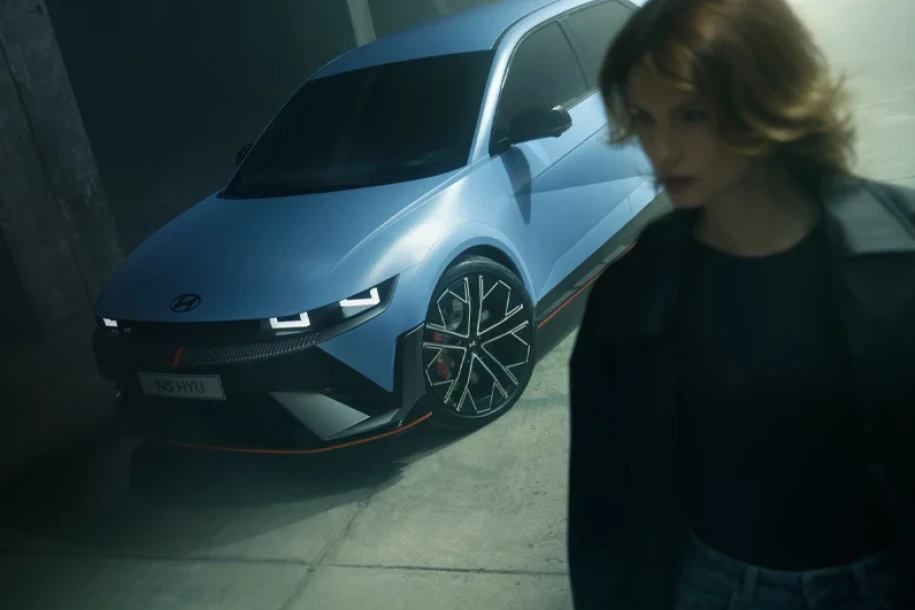Information soruce: The Little Book of EV Myths by the RAC, Fully Charged Show, Recharge UK, ChargeSafe and Fair Charge. Auto Trader, The Society of Motor Manufacturers and Traders, Zap Map, Transport & Environment, Carbon Brief, International Council on Clean Transportation, Statista, Intergovernmental Panel on Climate Change, AA, Association of British Insurers, Auto Express, National Grid, House of Lords Environment and Climate Change Committee, RAC, Dr Euan McTurk, Energy Transition Commission, Bedfordshire Fire and Rescue Service, Norwegian Automobile Association, Consumer Reports, Recurrent Motors, Forbes Magazine, AutoinsuranceEZ, Sustainability by Numbers, Gartner Research, Tusker Direct, Edmund King OBE, Prohire, Gridserve, CAP hpi, Thatcham Research, National Transportation and Safety Board.
EV Myth Busters


Stop The Nonsense - EV Myth Busting
There are more myths surrounding electric cars than Elvis Presley. That’s the way it feels anyway. Everything from an EV pollutes more than petrol or diesel cars, the batteries fail after three years, the electricity grid won’t cope, they catch fire more than combustion cars and hydrogen, not batteries is the future. Electric cars may not be for everybody, but with so many now on our roads, the technology works and has proved reliable for thousands of Irish owners who drive EVs each day.
Many of the current EV myths have taken root on social media because of a lack of proper understanding of the technology of batteries, electrification, and renewables. Many people also see EVs as a threat to their freedoms and there are plenty of very well-funded vested interests who want us to carry on burning fossil fuels. But EVs have also become politicised – a very public, four-wheeled symbol of your personal politics. We have seen in both the U.K and the U.S.A., there’s a cultural war over electric cars with political parties using them as a wedge issue to divide voters between left and right.
Electric cars will be the biggest energy disruptor of this century, so we shouldn’t be surprised why so many dislike the idea of such a profound transition. We’ve gathered together some of the most embedded EV myths and used factual and data to set the record straight once and for all. EVs have been on our roads for over a decade now with billions of battery-only miles already travelled so there’s plenty of real-world data available. So, if you want to check out the myths, misinformation, and general moonshine that’s been written, posted and broadcast about electric cars, this page should make a useful guide.
EV batteries don’t last
Many think the lithium-ion battery in their phone has the same chemistry as an EV. That’s not so. To create confidence in the technology most car makers now offer eight-year, 150,000-km battery warranties on EVs – that’s a greater warranty cover than on an internal combustion engine. In 2023, a study of 15,000 EVs by Seattle battery analysis company, Recurrent Motors – How Long Do Electric Car Batteries Last - found that only 1.5% of batteries in the study had been replaced under warranty. In 2022, a major EV manufacturer in its Impact Report stated that the battery degradation (loss of capacity) on its older models after 250,000 km is 12%. Cleevely EV Mobile, an independent electric car repairer in the UK, often shows high mileage EVs on their social media, with many still showing over 85% despite having drvien over 200 and 300,000 miles. There’s no data currently available anywhere to show persistent, premature, or unexpected failures of EV batteries. Industry experts now widely accept that EV batteries will generally outlast the chassis of the car. And if there was a widespread battery failure problem The Daily Mail would have told us all about it by now.
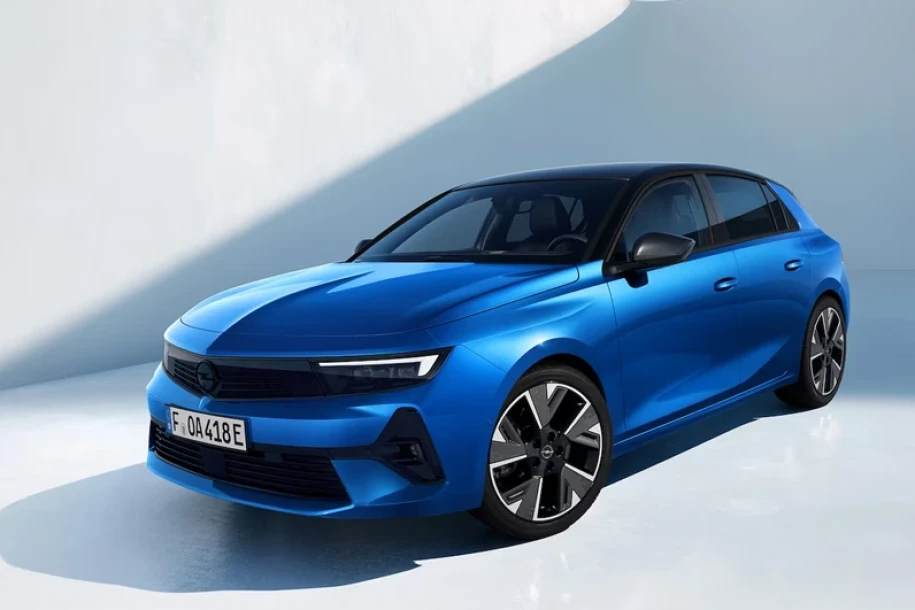
EVs lose much more range than petrol cars in winter
EV batteries do lose driving range in freezing temperatures but so do combustion cars. In 2020 the Norwegian Automobile Association tested 20 EVs in winter conditions and found that on average EVs lose up to 20% of range at temperatures between 0 and 2 degrees. The latest generation of EVs now have heat pumps that speed up battery heating to reduce low temperature range loss. But, according to tests done by the US Department of Energy, in low temperatures the average gasoline car also loses 15% fuel efficiency and for shorter trips (before the engine has warmed up) the average increase in fuel consumption was 20%. Range loss in sub zero temperatures will also depend on driving style.
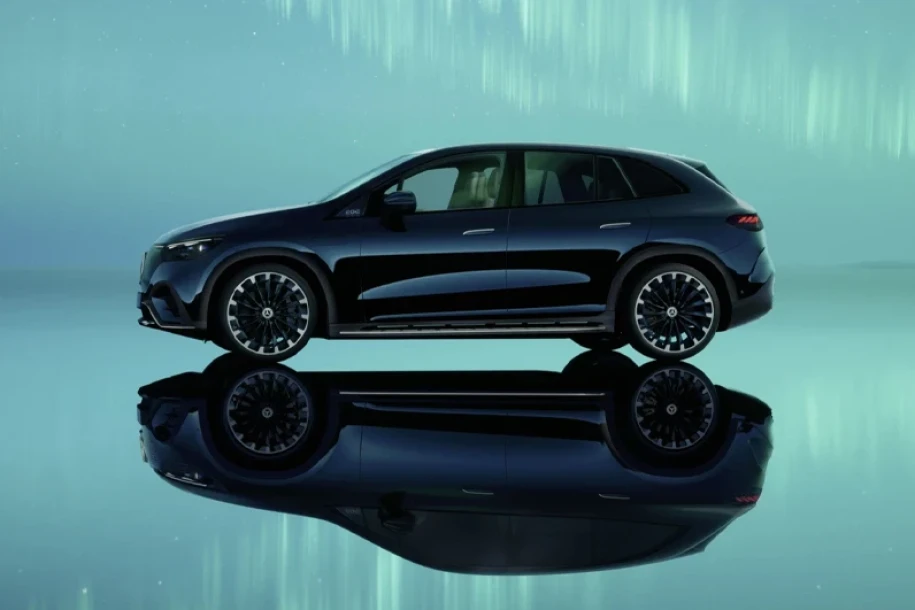
EVs regularly catch fire
The fire service estimate there are around 100,000 vehicle fires every year in the UK and records for 2022 to 2023 show only 239 EV fires – or 0.24%. The Swedish Contingencies Agency have reported that ‘Petrol and diesel cars are 20 times more likely to catch fire than EVs’. In 2022 611,000 vehicle fires were recorded in Sweden of which 23 were EV fires – or 0.004%. In 2022, the CTO of Thatcham Research – the organisation that tests vehicles for insurers - Richard Billyeald, said in an interview with Forbes Magazine: ‘Our latest research indicates that the risk from a fire from an EV is less likely than for ICE vehicles.’ In America, data from the National Transportation Safety Board reported that battery-powered vehicles suffer 25 fires for every 100,000 sold, compared to 1,530 fires for petrol vehicles. In 2023 US insurer, AutoinsuranceEZ, released a report ‘Gas vs Electric Car Fires (2023 Findings)’ noting that “based on this data electric cars don’t catch fire nearly as much as the news claims.”
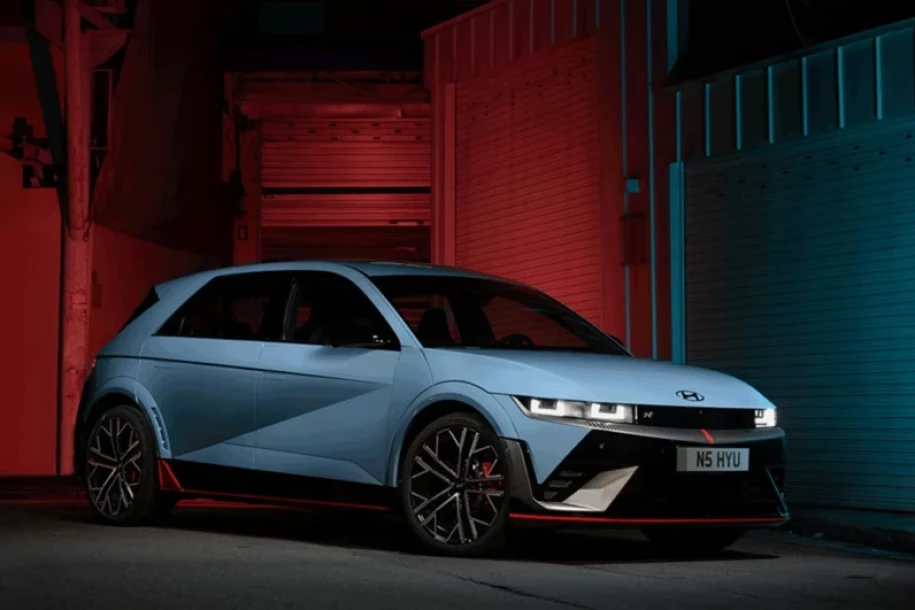
EVs pollute more than ICE cars
A persistent myth that EVs aren’t ‘green’ has grown up around pollution from battery mining and manufacture, often in China, where coal-fired electricity grids power car and battery factories. But research by the International Council on Clean Transportation (ICCT) has shown that when driven in Europe, an EV will pay off its carbon debt after around 17,000 km, after which the full life cycle CO2 emissions are around three times lower than an average petrol car. After 14 years of driving the average petrol car has a carbon footprint of 45 tonnes of CO2. An EV driven over the same period would emit 14 tonnes of CO2 - a saving of 68%. Transport & the Environment worked out that in its lifetime the average combustion car burns a tower of oil barrels 25 storeys high.
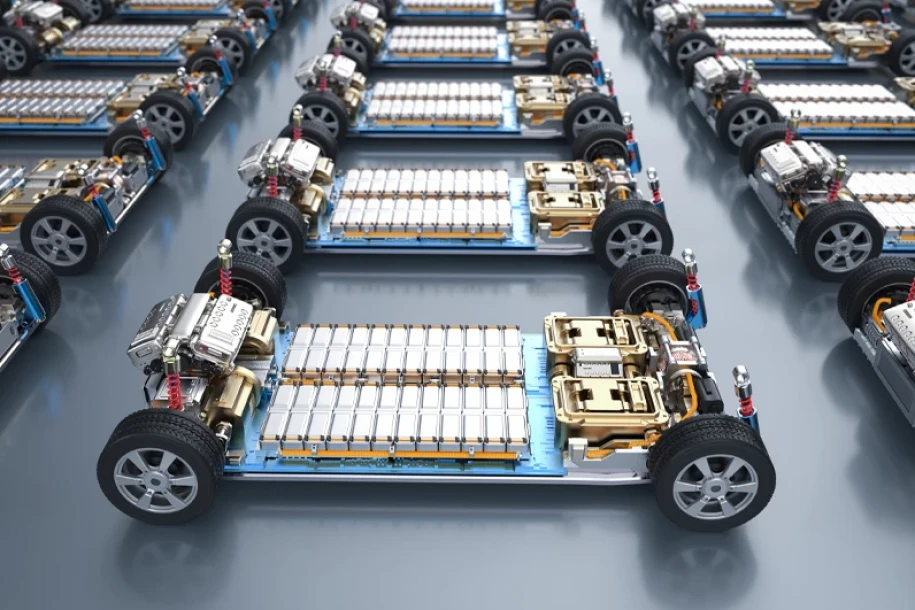
Hydrogen will displace EVs
The IEA reports there are 27 million EVs in the world compared to 72,000 hydrogen fuel cell cars. There are only 265 across Europe with 0 in Ireland. The UK Government’s Lifecycle Analysis of UK Road Vehicles, says that EVs are ‘much more efficient’ than hydrogen cars, using only a third of the energy. It’s also reported that the lifecycle emission from a hydrogen passenger car would be 60% to 70% higher than an EV, even if the hydrogen was ‘green’ and made from low-carbon sources. Barriers to widespread hydrogen adoption include a high pressure, low temperature infrastructure, five times more energy to produce than electricity, logistical and storage challenges, and a pump cost that would be significantly more than petrol or diesel if ‘green’ hydrogen were made at scale. Shell have closed all their hydrogen filling stations in the UK and in California. Car makers are rolling out more and more EV models yet there are just two hydrogen cars currently available to private buyers in the UK market - the Hyundai Nexo and Toyota Mirai. According to the DVLA there are 98 Toyota Mirai and 29 Nexo registered on UK roads. So, they haven’t exactly flown out of showrooms. Hydrogen may have a place in heavy goods vehicles, trains, or marine transport, but most experts agree its application to passenger cars is very unlikely.
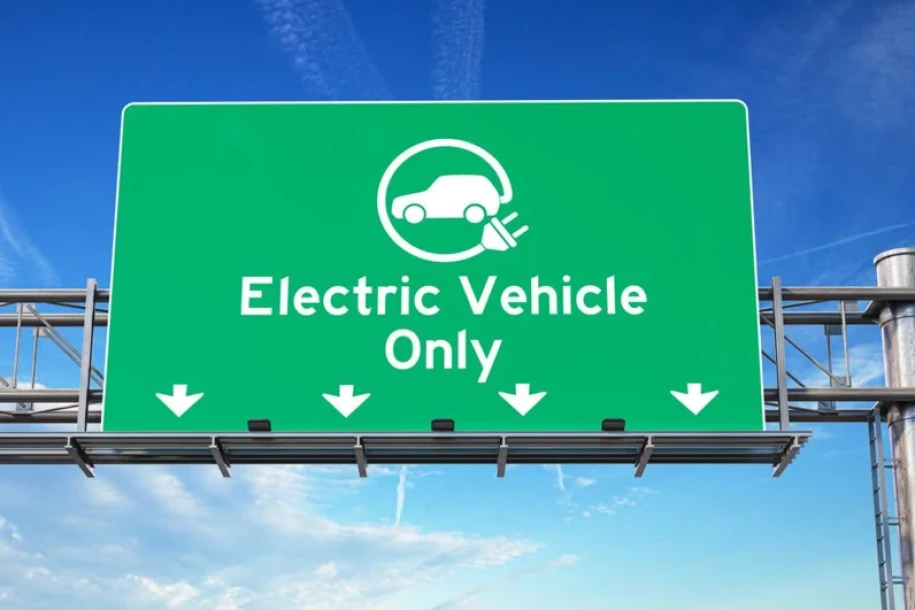
There aren’t enough critical minerals in the world for EV batteries
A 2023 paper in Sustainability by Numbers reported that the world has known reserves of 88 million tonnes of lithium: ‘enough for our electric vehicles, decades into the future’. The report also noted that ‘known feasible lithium reserves’ have risen from 4m tonnes in 2008 to 22m in 2020, as more exploration identifies more commercially viable deposits. We still can’t accurately say exactly how much available lithium there is in the world as its exploration has been relatively recent. The Energy Transitions Commission 2023 report stated that battery designs and improved electro chemistry have reduced future cobalt needs by 50% in just five years. 50% of Teslas now use no cobalt and nickel-free LFP batteries are now being used in 40% of EVs, up from 7% in 2019. The ETC also estimate that by 2040 over 50% of lithium used in batteries could come from recycling. It’s also worth noting that cobalt has been used to refine petrol and diesel for the last 25 years – plus the batteries in phones, laptops, and tablets. Most of Europe and America’s car, computer and chip manufacturers are members of The Fair Cobalt Alliance to ensure the cobalt they use comes from audited sources that never employ child labour. As battery chemistries improve – particularly solid state - and new materials like silicone are used instead of graphite, the need for critical or rare earth minerals will reduce dramatically.
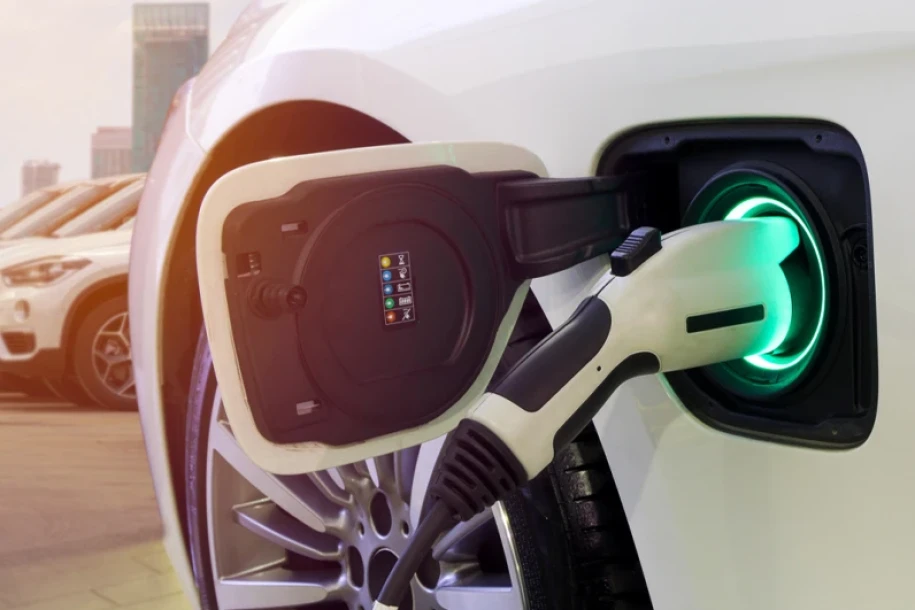
The mining of materials for EV batteries is very bad for the environment
While all mining and drilling for energy is bad for the environment, we need to put those global emissions and pollution into context. According to the Energy Transition Commission’s latest report – Material and Resource Requirements for the Energy Transition - published July 2023 - the cumulative global emissions of CO2 and other greenhouse gases from battery mining and production of solar panels and wind turbines over the next 30 years will add up to between 15 to 35 gigatonnes of CO2. This should be compared to the 40 gigatonnes of CO2 from global fossil fuel energy extraction that’s emitted every single year. In 2018 the Intergovernmental Panel on Climate Change (IPCC) reported that 89% of global emissions come from fossil fuels. Attempting to argue that emissions from mining for battery minerals could possibly exceed the global emissions from exploration, drilling, extracting, shipping, refining, transporting, distribution and burning of fossil fuels is a bit of a stretch – even for a very hard-core EV doubter.
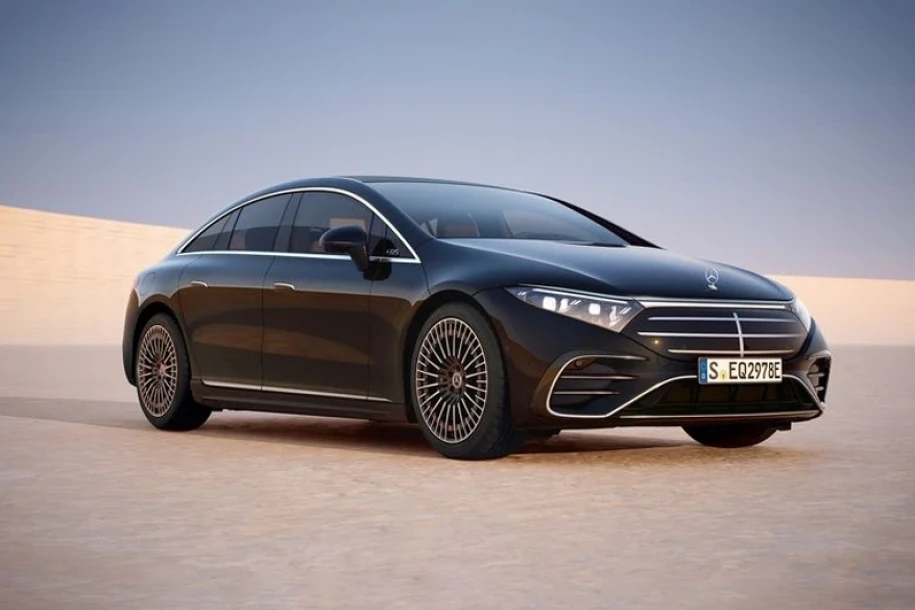
Synthetic fuels make more sense than EVs
Synthetic, or E-fuels, are made by combining CO2 with hydrogen and can be used in conventional combustion engines. If they’re produced with ‘green hydrogen’ they can reduce carbon emissions. But, according to the IPCC they are “up to three times more expensive than conventional fossil fuels” and would need as much as five times the electricity to produce compared to the amount of electricity used for EVs. Transport & Environment calculated that the lifecycle emissions from an EV in 2030 would be 53% lower than for a combustion-engine car powered by synthetic fuels. The IPCC said: “Given these high costs and limited scales, the adoption of synthetic fuels will likely focus on aviation, shipping and long-distance road transport segments, where decarbonisation by electrification is more challenging.”
It’s worth noting that in 2023 German automakers lobbied the EU on its consultations for a 2035 ban on the sale of combustion cars and insisted on an exemption for cars running on E-fuels for the legislation to pass. This was aimed as a legislative intervention for the industry to continue building ICE engines that could run on synthetic and liquid fuels. The ICCT suggests that with current cost data E-fuels could cost around 40% more than petrol and diesel with a potential pump price of €2.93 a litre. Transport & Environment calculated that filling a 75-litre fuel tank with synthetic fuels could cost up to €234. There is an argument that these fuels could help partly decarbonise the existing combustion car fleet without consumers having to switch to a more expensive EV, but until E-fuel prices come down, this appears an expensive, and only partly a low-carbon, option.
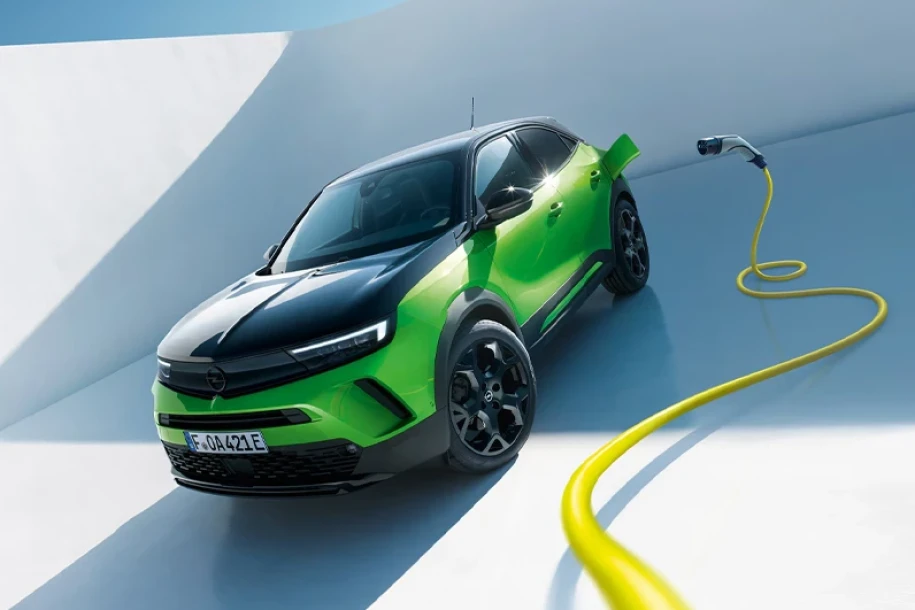
EV tyres cause high levels of particulate pollution
All vehicle tyres wear and leave nanoparticles of rubber in the atmosphere and rubber particulates on road surfaces. The question is are EVs more prone to wearing out their tyres because of their increased battery weight? In 2021 the RAC commissioned a report by Dr Euan McTurk that concluded thar tyre wear is determined more by driving style than weight and that fleets found that their EVs wore their tyres down at a ‘broadly similar rate to ICE cars’. Anecdotal data from EV owners and high mileage EV taxi firms also report normal rates of tyre wear compared to combustion cars. A recent post by Michael Hamilton on LinkedIn said with some irony: “As someone working in a part of the tyre industry, I can only say that we are waiting to see the massive demand growth this drastic tyre wear will presumably generate....” The CEO of the Prohire Group in the UK said simply: “The tyre wear is the same as the equivalent diesel.” Scientific research is certainly needed to properly establish EV tyre particulate pollution. But for context, a Range Rover weighs 2.7 tonnes, and nobody is complaining about the tyre pollution from SUVs.
